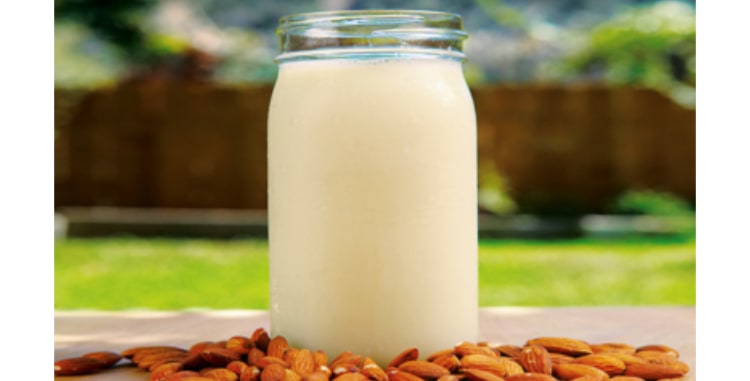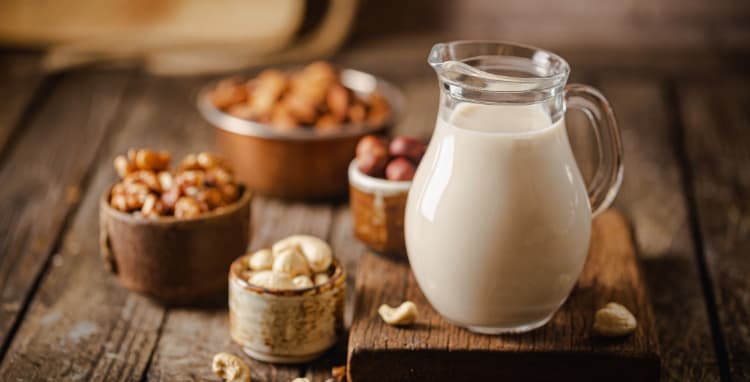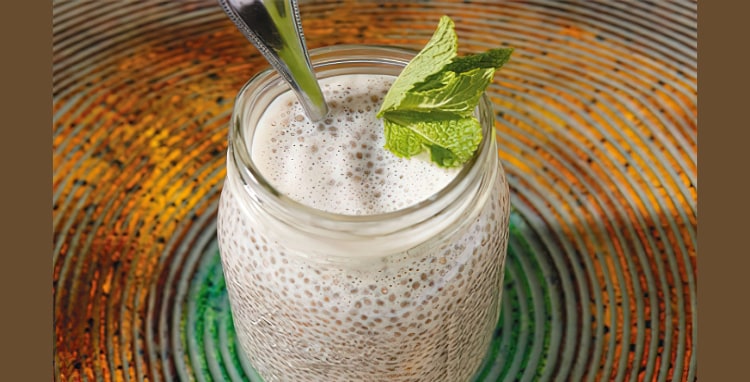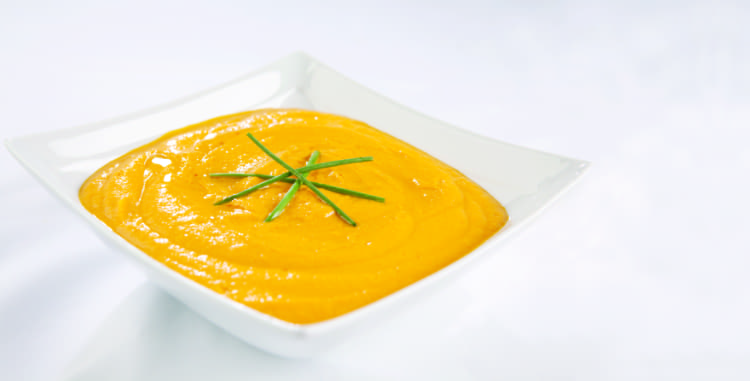
Making your own nut milk is SO easy! All you need is a blender (I prefer Vitamix), a nut milk bag or cheesecloth, raw almonds, cashews, hazenuts, or macadamia nuts and filtered water. I soak the nuts for 24 hours to remove the dust or any mold from shipping and handling, which also improves the nutritional value. Then drain the nuts and use fresh filtered water to blend. Cheese cloth is great because you get so much in one package, it’s so versatile, and you can use it on a million things (making nut cheese, poaching fish, nut milks, straining seeds from fruit, and lots more.) However, I bought a nut milk bag and it is so much faster and easier to use the nut milk bag.
I use nut milk in so many things. I cook with it any time a recipe calls for milk and no one can ever tell the difference. I also use it in my smoothies to make them creamy. You can add it to coffee or tea, cereal, or just have a refreshing glass with ice.
The milk will stay fresh about 3-5 days in the refrigerator. I keep them in mason jars, since each jar is about 2 cups and this recipe makes 4 cups. I use two jars so the milk stays fresher for use later in the week.
Once you try homemade nut milk it will be almost impossible to drink store-bought milk again, which is pumped with artificial crap to keep it fresh on the shelves. Read my article about nut milks and their ingredients.
The sad part is that a typical consumer would have no idea about what is inside of store bought nut milk or that it’s actually bad for you. The toxic ingredients found in commercial nut milks stress your immune system and weaken your health. The ingredients are also misleading and include words such as Vitamin A Palmitate, which can cause birth defects and bone fractures. Vitamin D2, which if taken in excess, can cause headaches, nausea, vomiting, abdominal cramps, muscle weakness and bone pain. But the worst thing about store-purchased almond milk is it usually doesn't even contain much nuts!
In light of this, I suggest making your own nutritious and delicious nut milk. And the great part is, it’s really easy!
INGREDIENTS
- 1 cup raw almonds, cashews, hazelnuts, or macadamia nuts
- 2 cups water, for soaking
- 4 cups cold filtered water, for blending
- High power blender (I prefer Vitamix)
- Nut Milk Bag or Cheesecloth
INSTRUCTIONS
Soak the nuts in 2 cups of water overnight. Drain the nuts and rinse. Blend 1 cup of nuts and 4 cups of cold water on high for 2 minutes. Pour the nut mixture into the cheesecloth or nut milk bag. Squeeze out excess milk. Pour into mason jars or a milk jug. Save the leftover nut meal for future recipes.
You can do this by heating the nut meal at 170 degrees Fahrenheit for 2 hours. Make sure to mix the nut meal frequently while baking to dehydrate the water from making the milk. Use Chef V’s Nut Milk right away or store in an air tight container for up to 2 weeks.
You can add some nut milk to your Green Drink to make it a little creamy. Yum!









